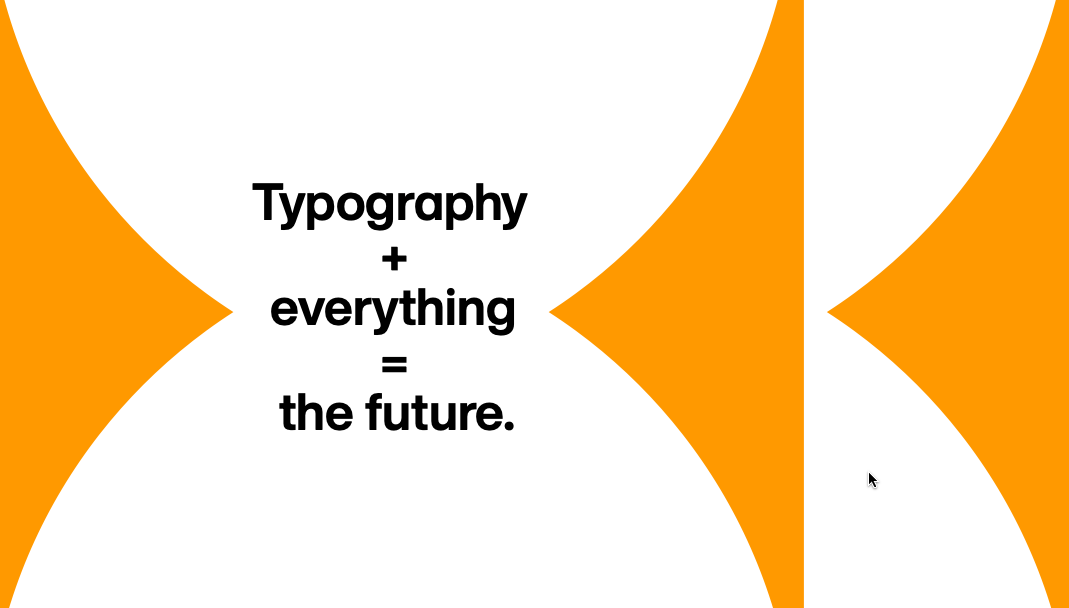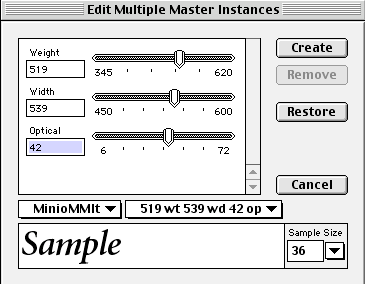Certificates & Awards
Designing Certificates and Awards
Everyone likes to be recognized for a job well done or for a special milestone accomplished. We can do this, in part, through certificates and award papers that are then framed and given to the recipient. However, there is not much thought through design given to the standard certificate. Preprinted certificate papers with fancy border designs help, but the typesetting and layout in the heart of the certificate often lacks power or pizzazz. In Example one below, I redid a certificate given to me by an employer, NCDAmerica, which is a church health consulting firm in Michigan. I have been licensed through them since 1998 and specialize in church consultations in the Northeast. You will note how I redid the layout and design below.
Certificates usually have eight or nine standard elements — (1) Name of presenter; (2) Title; (3) Name of recipient; (4) Reason for the presentation; (5) Term of membership or certification (if applicable); (6)Date presented; (7) Signatures of presenter or presenter's agent; (8) Presenter's logo or seal; and (9) Presenter's city and state. Chuck Green in John McWade's excellent Before & After magazine (Vol. 4, No. 4 / 1995) gives ample clues as to content and design of certificates and awards. I have designed some certificates for NCDAmerica, a church health consulting firm, originally in Germany and based in several countries. Note the examples below.
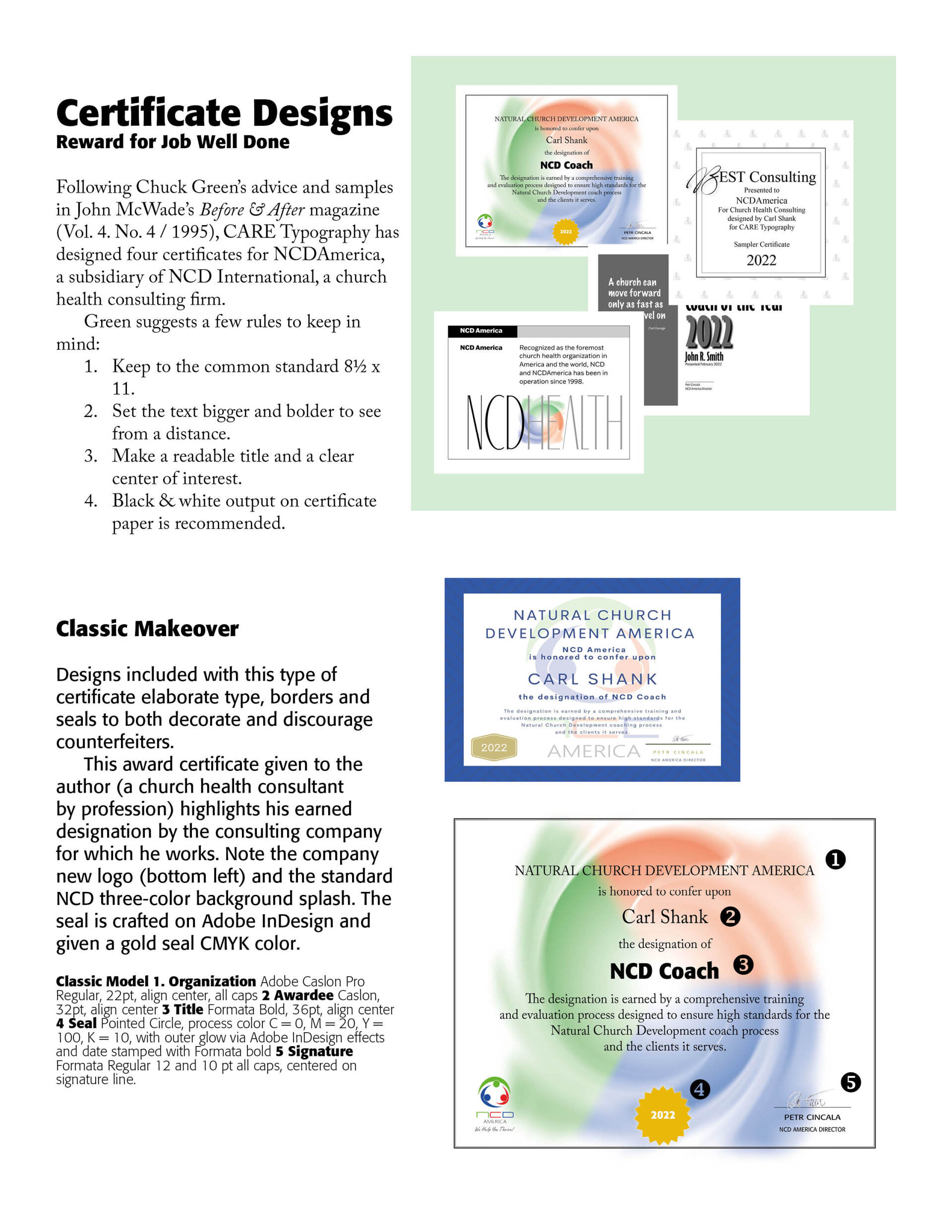
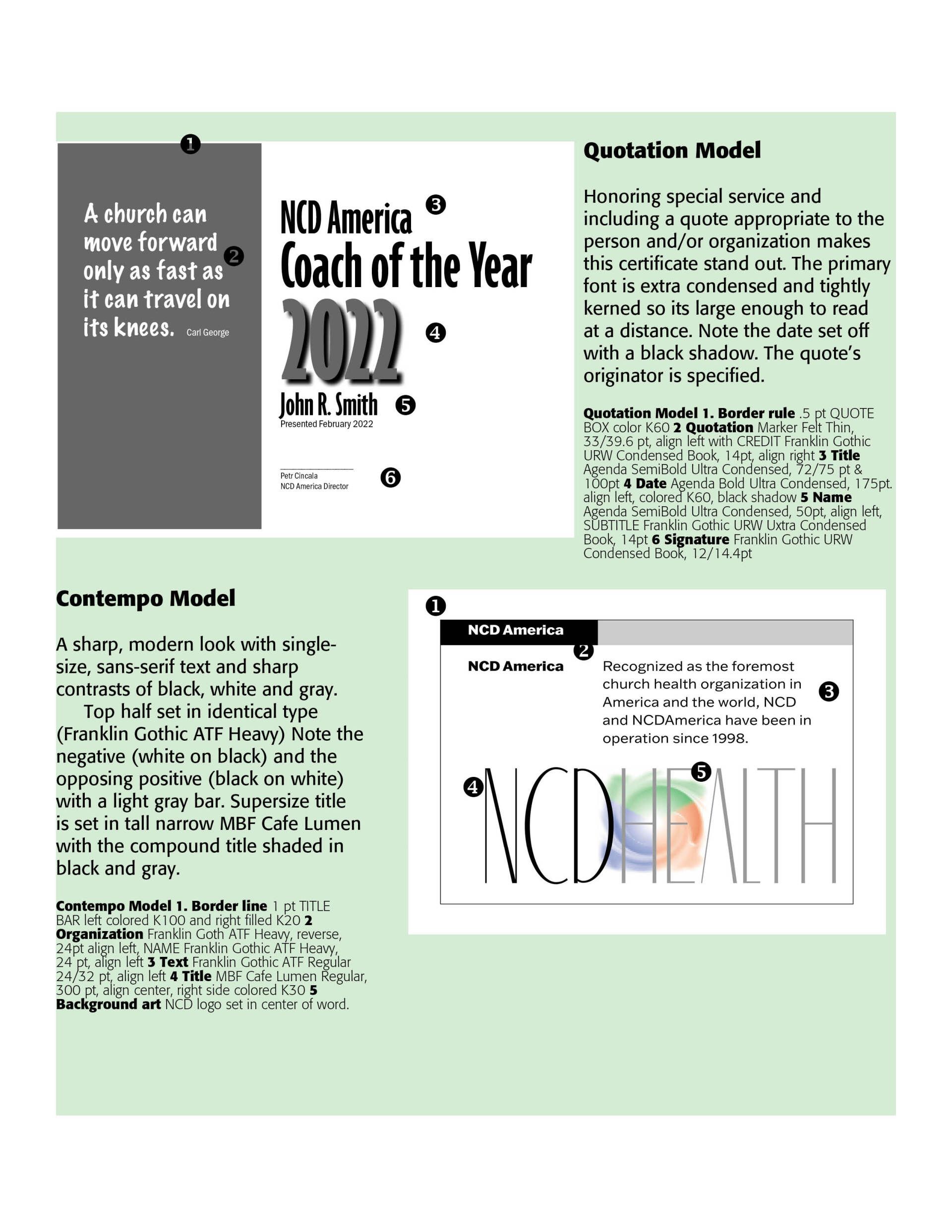
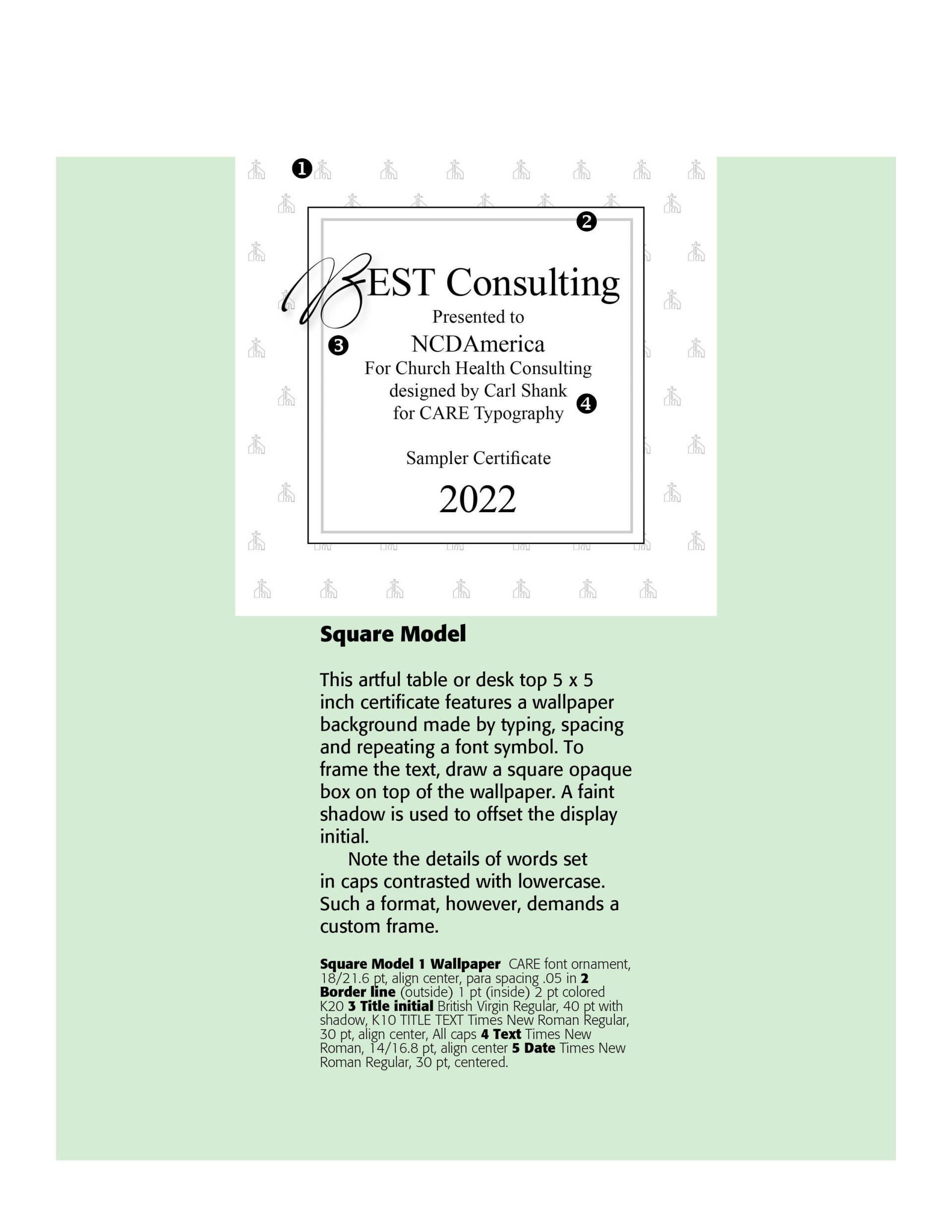
Successful Layout & Design
